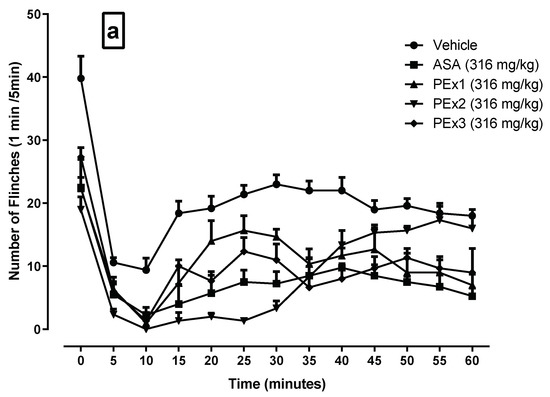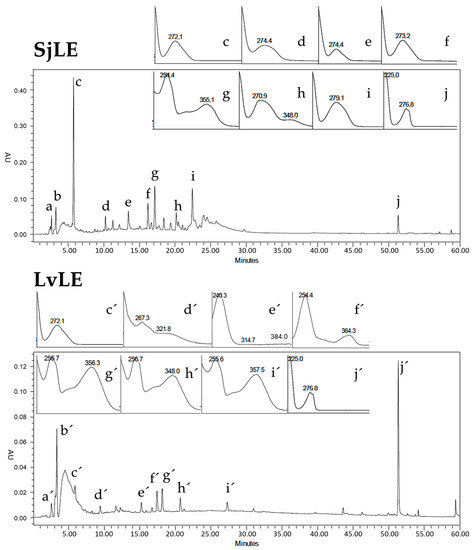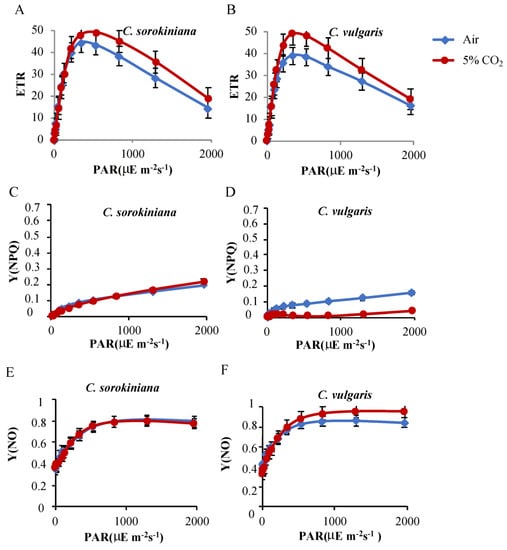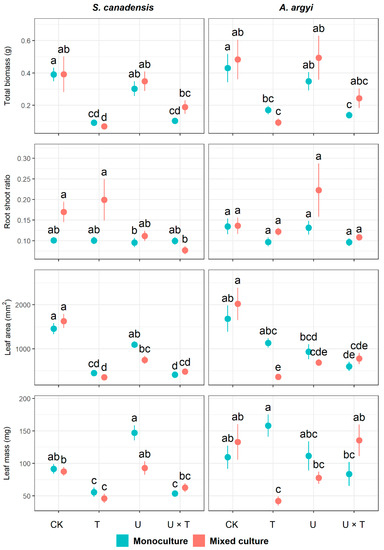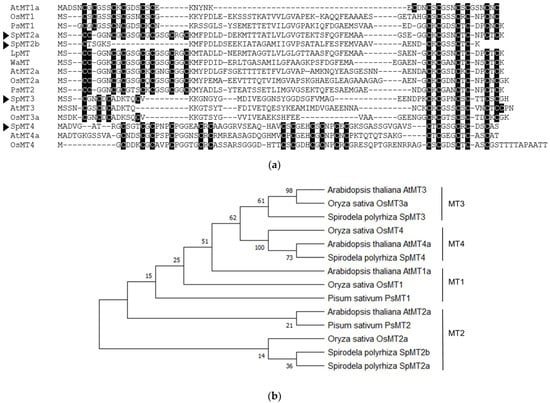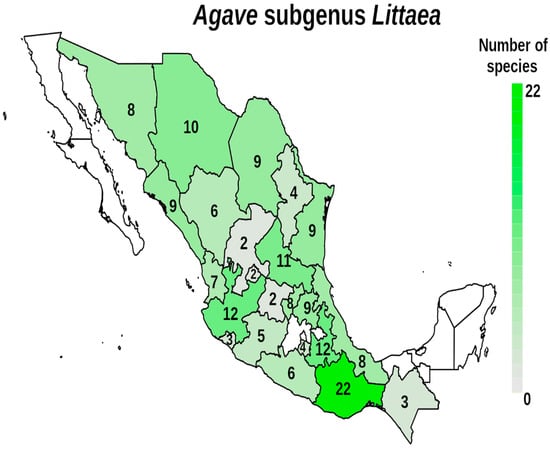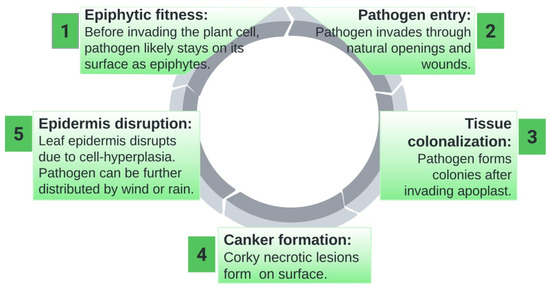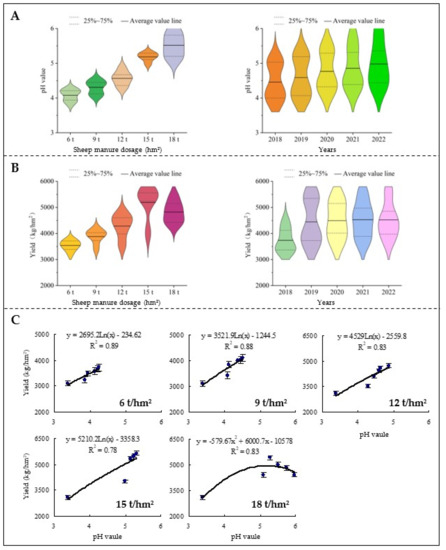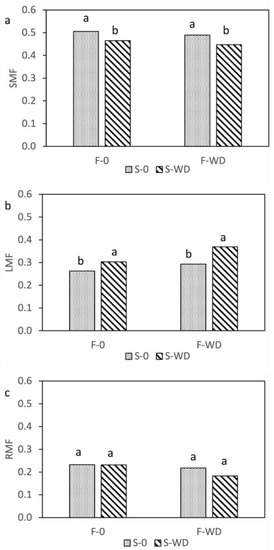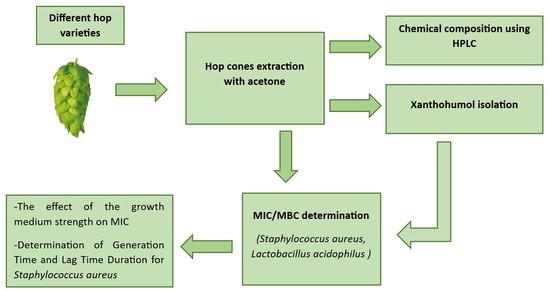1
Institute of Health Sciences, Academic Area of Nursing, Autonomous University of the State of Hidalgo, Circuito Ex Hacienda La Concepción S/N Carretera Pachuca Actopan, San Agustín Tlaxiaca, Hidalgo 42160, Mexico
2
Institute of Health Sciences, Academic Area of Pharmacy, Autonomous University of the State of Hidalgo, Circuito Ex Hacienda La Concepción S/N Carretera Pachuca Actopan, San Agustín Tlaxiaca, Hidalgo 42160, Mexico
3
School of Chemical Sciences, Autonomous University of Chiapas, Carretera Panamericana Km. 2.5 S/N, Ocozocoautla de Espinosa, Chiapas 29120, Mexico
4
Biological Systems Department, Autonomous Metropolitan University, Xochimilco Unit, Calzada del Hueso 1110, Villa Quietud, Coyoacán, Mexico City CDMX 04960, Mexico
5
Institute of Health Sciences, Academic Area of Nutrition, Autonomous University of the State of Hidalgo, Circuito Ex Hacienda La Concepción S/N Carretera Pachuca Actopan, San Agustín Tlaxiaca, Hidalgo 42160, Mexico
6
Faculty of Food Science, University of Agricultural Sciences and Veterinary Medicine Cluj-Napoca, Mănăştur 3-5, 400372 Cluj-Napoca, Romania
7
Life Sciences Division, Nursing and Obstetrics Department, Campus Irapuato-Salamanca, University of Guanajuato, Ex Hacienda el Copal, Km. 9 Carretera Irapuato-Silao, A.P. 311, Irapuato 36500, Mexico
Plants 2023, 12(1), 131; https://doi.org/10.3390/plants12010131 - 27 Dec 2022
Cited by 2 | Viewed by 1799
Abstract
Pharmacological treatment of pain often causes undesirable effects, so it is necessary to look for natural, safe, and effective alternatives to alleviate painful behavior. In this context, it is known that different parts of pomegranate have been widely consumed and used as preventive
[...] Read more.
Pharmacological treatment of pain often causes undesirable effects, so it is necessary to look for natural, safe, and effective alternatives to alleviate painful behavior. In this context, it is known that different parts of pomegranate have been widely consumed and used as preventive and therapeutic agents since ancient times. For example, it has been shown to have an antinociceptive effect, however, there are many varieties. Each part has been found to display unique and attractive pharmacological activities. The content of the active phytochemicals in pomegranate depends on the cultivar, geographical region, the maturity, and the processing method. In this context, the effects of various pomegranate varieties and other parts of the pomegranate (e.g., peel and juice) on pain behavior have not been examined. The aim was to evaluate and compare the antinociceptive effect of ethanolic extracts (PEx) and lyophilized juices (Lj) of three varieties of pomegranate in the formalin test. In addition, computer-aided analysis was performed for determining biological effects and toxicity. Peels were extracted with ethanol and evaporated by rotary evaporation, and juices were filtered and lyophilized. Wistar rats (N = 48) were randomly distributed into 8 groups (n = 6) (Vehicle, Acetylsalicylic Acid, PEx1, PEx2, PEx3, Lj1, Lj2, and Lj3). The formalin test (2%) was carried out, which consists of administering formalin in paw and counting the paw flinches for 1 h, with prior administration of treatments. All samples have an antinociceptive effect (phase 1: 2.8–10%; phase 2: 23.2–45.2%). PEx2 and Lj2 had the greatest antinociceptive effect (57.8–58.9%), and bioactive compounds such as tannins and flavonoids showed promising pharmacodynamic properties that may be involved in the antinociceptive effect, and can be considered as a natural alternative for the treatment of nociceptive and inflammatory pain.
Full article
(This article belongs to the Special Issue Plant Bioactive Compounds and Prospects for Their Use in Beverages)
▼
Show Figures

